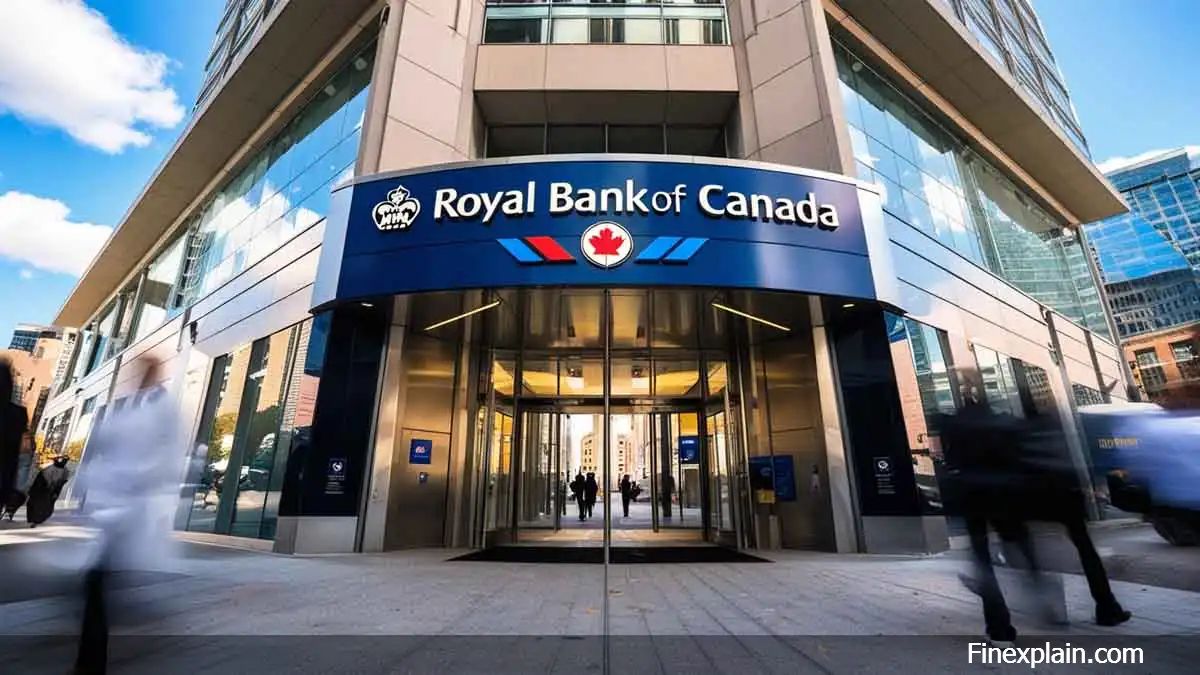In the world of finance, being able to explain and recognize scam tactics is more important than ever. Bank card fraud is on the rise, and scammers are getting more creative. This guide shares practical advice, real examples, and effective strategies to help you avoid becoming a victim.
1. What is the most common trick scammers use with bank cards?
Answer: Phishing is the most widespread method. A scammer may pose as your bank and send you an email or SMS asking you to “verify” your card details. The link leads to a fake website that collects your data.
2. How can I spot a fake message or website?
Answer: Look for spelling errors, strange URLs (e.g., www.yourbank-secure-login.com), and urgent language like "Your account will be blocked!" Legitimate banks rarely ask for sensitive data via email or SMS.
3. What should I do if I receive a suspicious email or call?
Answer: Do not click any links or provide information. Contact your bank using the official number on your card. Never trust the contact details in the suspicious message.
4. Can scammers steal my data from ATMs or terminals?
Answer: Yes. Skimming devices can be attached to ATMs to copy your card info. Always check the card slot and keypad for loose or unusual parts. Use ATMs in well-lit, secure locations like bank branches.
5. How can I protect my PIN from being stolen?
Answer: Always cover the keypad with your hand, even if you’re alone. Avoid using your birthdate or repeated numbers as your PIN.
6. Is it safe to use my card online?
Answer: Yes, if you're careful. Only enter card details on secure websites (check for https://). Avoid saving card info in browsers. Use virtual cards or payment platforms like PayPal when possible.
7. What are some real-life examples of card scams?
- Example 1: A person receives a call from someone claiming to be from their bank, saying their card was used suspiciously. The scammer then asks for the card number and CVV — and empties the account.
- Example 2: An email says you’ve won a prize and asks for a small payment to “verify your identity.” Once you enter your card details, the scammer makes unauthorized purchases.
8. How can I monitor my account for fraud?
Answer: Enable push notifications for all card activity. Check your bank statements weekly. Set spending limits or temporarily freeze your card when not in use.
9. Should I use a credit or debit card for online payments?
Answer: Credit cards are generally safer because they offer better fraud protection. Many banks allow disputes or chargebacks if unauthorized charges appear.
10. What if I fall for a scam? Can I recover my money?
Answer: Report the fraud to your bank immediately. Many institutions can block transactions or refund money if the fraud is reported quickly. Also inform the police and your country’s fraud reporting center.
“Scammers don’t break in — they trick you into opening the door. Stay alert, ask questions, and trust your instincts.”
Conclusion
Bank card fraud is preventable with awareness and caution. By following these tips, verifying who you talk to, and acting quickly when something feels wrong, you can keep your money and personal information safe. Share this guide with friends and family — scams can target anyone.
Share this article:





